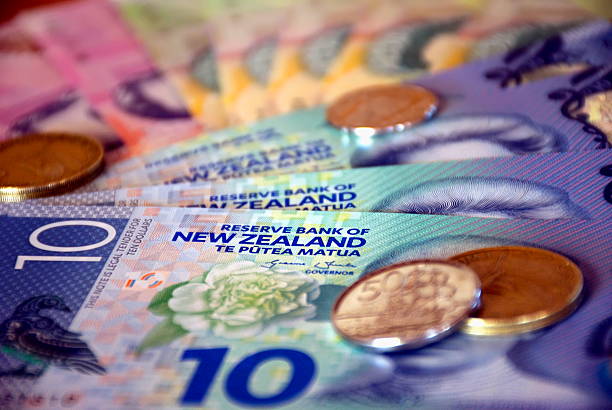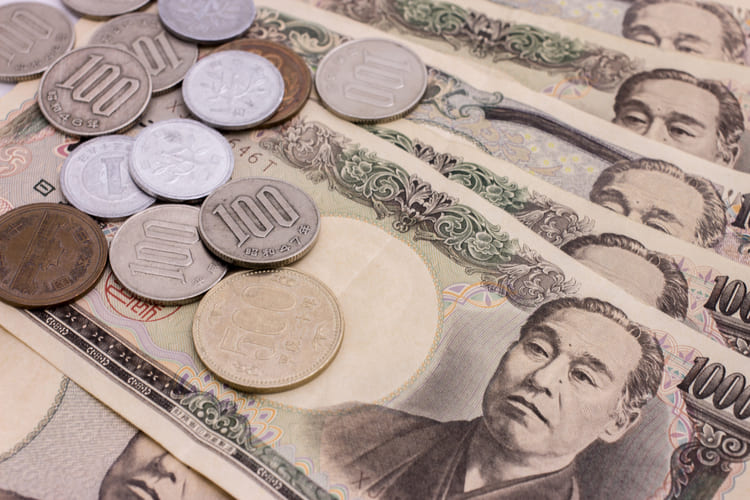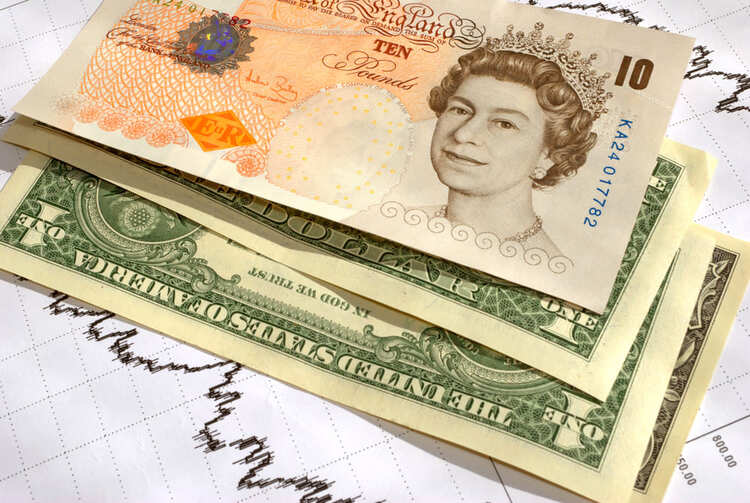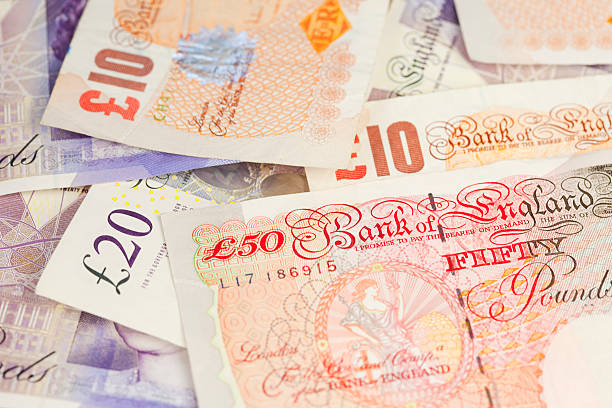GBP/USD gathers strength above 1.3150, US NFP data looms
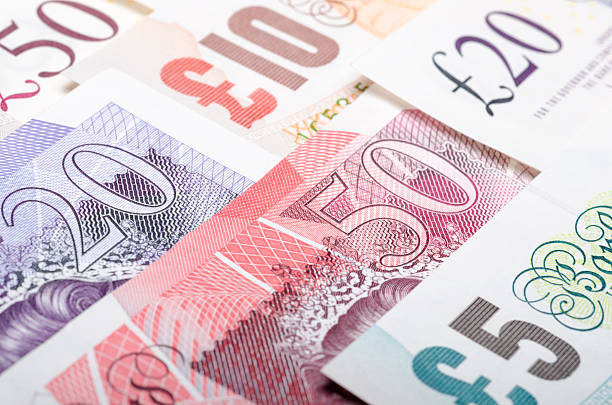
- GBP/USD gains traction near 1.3180 in Friday’s Asian session.
- US ADP private sector employment rose 99,000 in August vs. 111,000 prior.
- Investors see a roughly one-in-four chance that the BoE will cut rates in the September meeting.
The GBP/USD pair trades in positive territory for the third consecutive day around 1.3180 on Friday during the Asian trading hours. The persistent US Dollar (USD) weakness provides some support to the major pair. Market players will closely monitor the US August Nonfarm Payrolls (NFP) data, which is due later on Friday.
The Automatic Data Processing (ADP) reported on Thursday that private sector payrolls grew at the weakest pace in over three and a half years in August. The US private sector added 99,000 new jobs in August, less than the downwardly revised 111,000 in July and below the forecast of 145,000.
Markets expect the Federal Reserve (Fed) to lower interest rates when it meets on September 17-18. The Bureau of Labor Statistics will release the highly-anticipated Nonfarm Payrolls later in the day, which is expected to see 160,000 job additions in the US economy in August. This report became a key event for shaping market expectations of the Fed’s policy rate. The weaker-than-expected outcome could trigger a large Fed rate cut and further undermine the USD.
On the other hand, the modest Bank of England (BoE) interest rate cut expectations lifts the Pound Sterling (GBP). BoE Governor Andrew Bailey said last month that he thought longer-term inflation pressures were easing but additional rate cuts would not be rushed because it was still too soon to declare victory over inflation. Investors see a nearly 25% chance that the BoE will cut interest rates at its September 12 policy meeting, but the probability of a cut is fully priced for November.
Pound Sterling FAQs
What is the Pound Sterling?
The Pound Sterling (GBP) is the oldest currency in the world (886 AD) and the official currency of the United Kingdom. It is the fourth most traded unit for foreign exchange (FX) in the world, accounting for 12% of all transactions, averaging $630 billion a day, according to 2022 data. Its key trading pairs are GBP/USD, aka ‘Cable’, which accounts for 11% of FX, GBP/JPY, or the ‘Dragon’ as it is known by traders (3%), and EUR/GBP (2%). The Pound Sterling is issued by the Bank of England (BoE).
How do the decisions of the Bank of England impact on the Pound Sterling?
The single most important factor influencing the value of the Pound Sterling is monetary policy decided by the Bank of England. The BoE bases its decisions on whether it has achieved its primary goal of “price stability” – a steady inflation rate of around 2%. Its primary tool for achieving this is the adjustment of interest rates. When inflation is too high, the BoE will try to rein it in by raising interest rates, making it more expensive for people and businesses to access credit. This is generally positive for GBP, as higher interest rates make the UK a more attractive place for global investors to park their money. When inflation falls too low it is a sign economic growth is slowing. In this scenario, the BoE will consider lowering interest rates to cheapen credit so businesses will borrow more to invest in growth-generating projects.
How does economic data influence the value of the Pound?
Data releases gauge the health of the economy and can impact the value of the Pound Sterling. Indicators such as GDP, Manufacturing and Services PMIs, and employment can all influence the direction of the GBP. A strong economy is good for Sterling. Not only does it attract more foreign investment but it may encourage the BoE to put up interest rates, which will directly strengthen GBP. Otherwise, if economic data is weak, the Pound Sterling is likely to fall.
How does the Trade Balance impact the Pound?
Another significant data release for the Pound Sterling is the Trade Balance. This indicator measures the difference between what a country earns from its exports and what it spends on imports over a given period. If a country produces highly sought-after exports, its currency will benefit purely from the extra demand created from foreign buyers seeking to purchase these goods. Therefore, a positive net Trade Balance strengthens a currency and vice versa for a negative balance.


